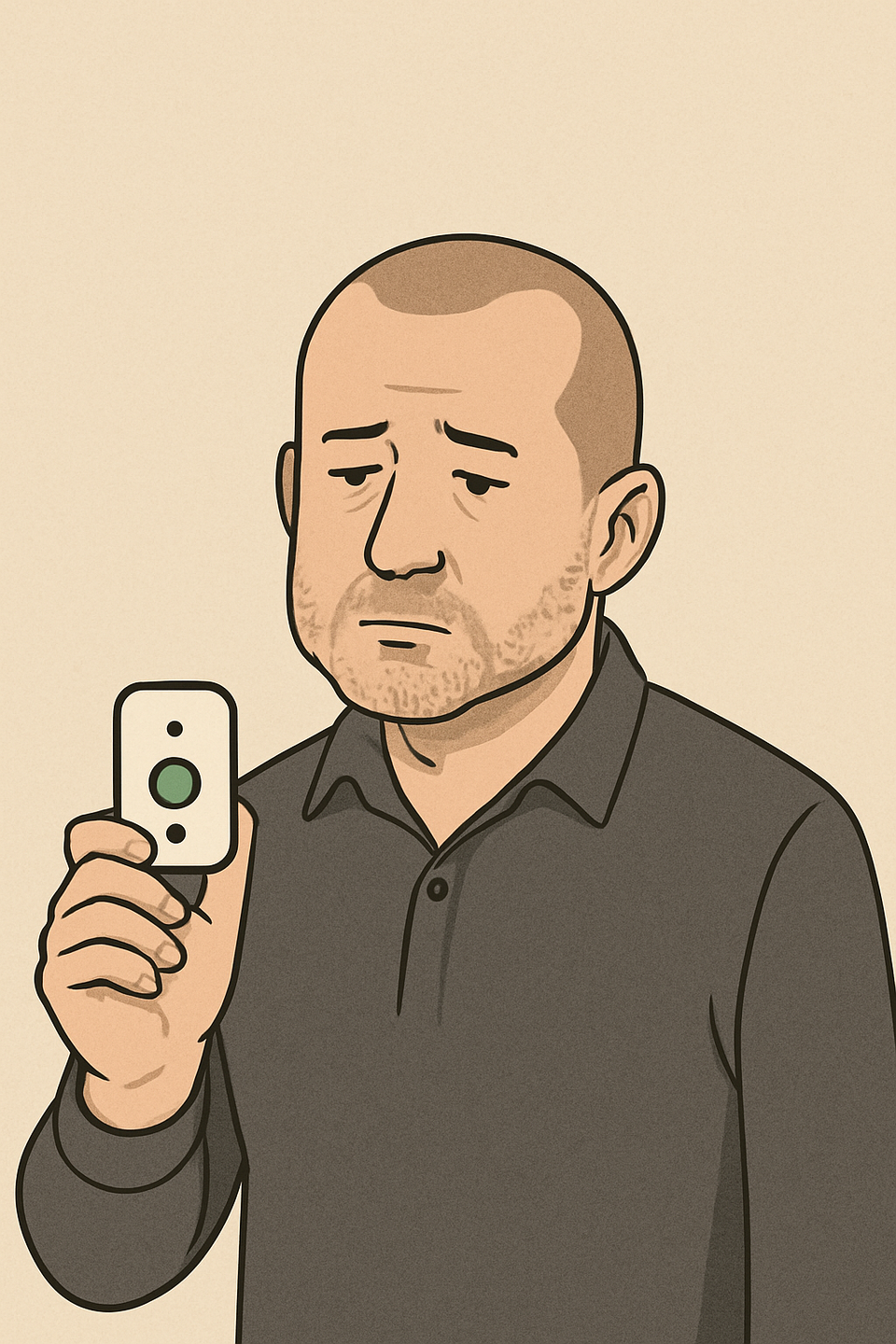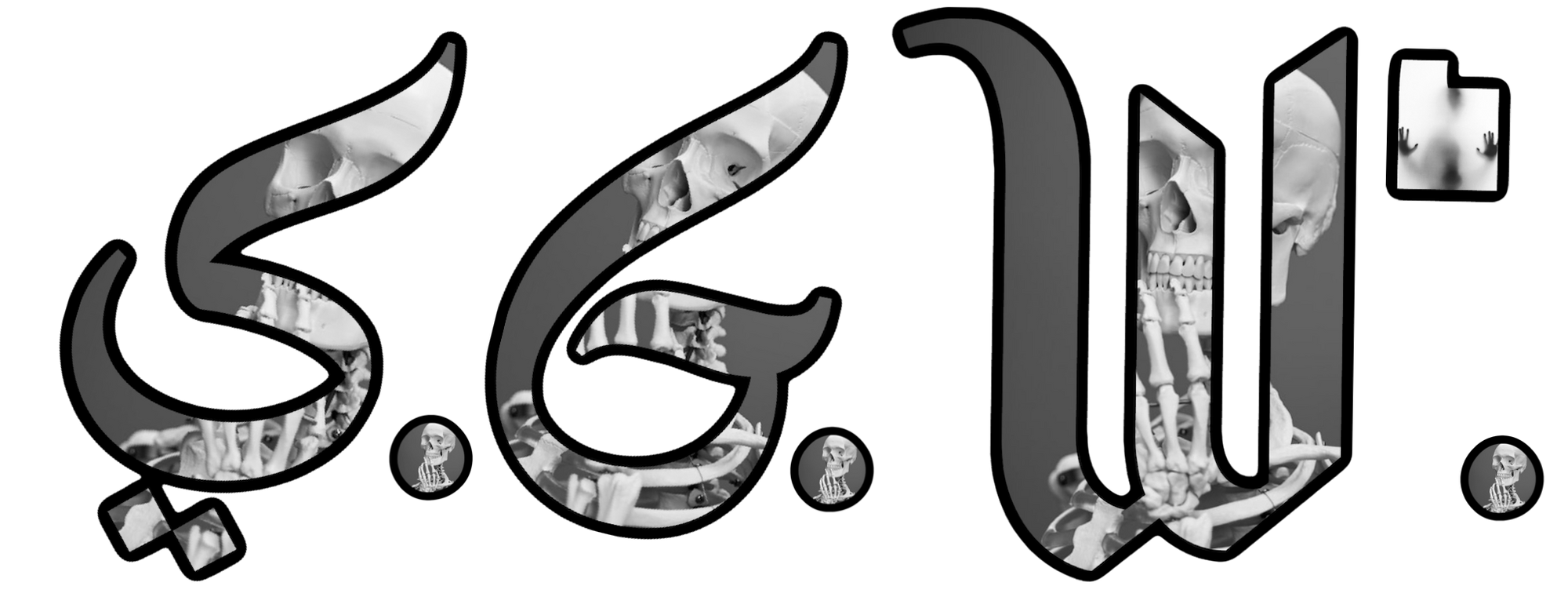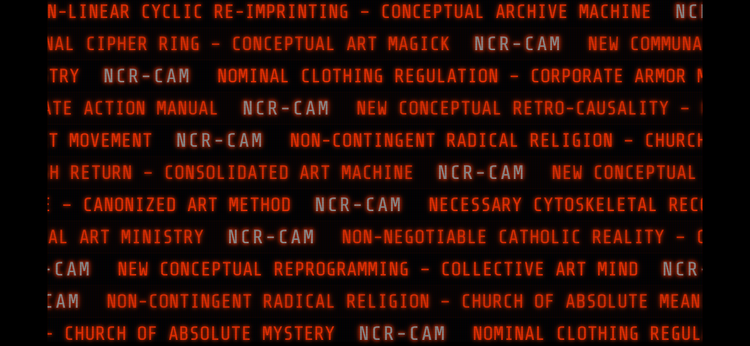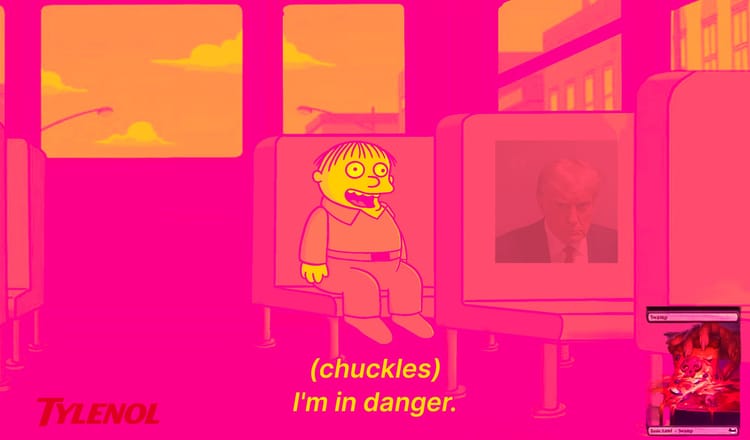The Future, Downgraded

“The Future, Downgraded”
Jony Ive teaming up with OpenAI is being heralded as a bold leap forward.
But if you squint — past the headlines, the brushed aluminum renders, the soft lighting and reverent tech journalism — you’ll see something much bleaker:
A regression dressed up in premium sheen.
The truth is, we’ve already seen the future — and it was better.
Science fiction gave us blueprints, not just of gadgets, but of systems:
• The Ansible (Le Guin, 1966) — instantaneous communication across light-years
• Terminal Minds (Banks, 1987) — embedded AI companions, smarter than you and showing the full range of potentials
• The Logosphere (Stephenson, 1995) — seamless, ambient networks that disappear into the environment
• Sensory mesh networks (Brin, 1990) — real-time Earth data, accessible like air
• Even The Feed (Anderson, 2002) — a cautionary tale about brain-embedded social media that makes Meta’s worst ideas look tame
These weren’t fantasies. They were design fictions: provokative, systemic, deeply considered.
They asked: What happens when information is instant, ubiquitous, and intimate?
They forced us to reckon with scale, with trust, with the psychological cost of true connectivity.
Now look at what we’re actually building:
An AI pin that can’t finish your sentence.
A chatbot that needs a reboot to remember what you said yesterday.
And Jony Ive, once the shaper of digital life, now looks like he’s trying to summon enthusiasm for a product that wouldn’t even impress a mid-tier Star Trek writer’s room.
He looks tired.
Not because the task is too hard — but because the vision is too small.
Where are the moral architectures?
Where’s the communication infrastructure that respects cognition?
Where’s the empathy, the elegance, the ambition?
The tragedy isn’t that we can’t build it.
The tragedy is that we’ve stopped imagining it.






Member discussion